Saw Palmetto Sustainability: Part II
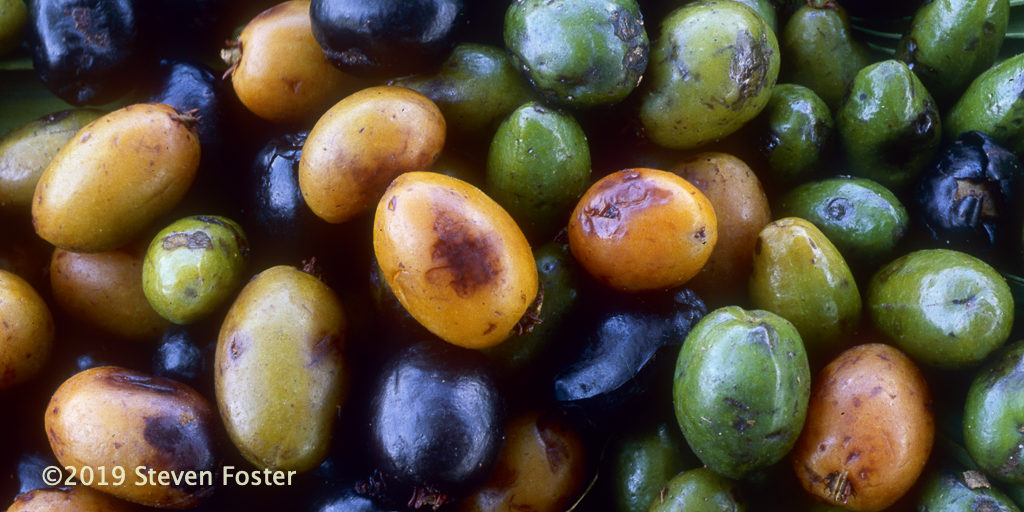
Change in 140 years of Commerce and Conservation: 1879-2019
By Steven Foster
Saw palmetto is a conservation and sustainability conundrum. The question “where does the supply of saw palmetto berries come from?” is easily answered. Nearly the entire commercial supply of saw palmetto fruit (Serenoa repens, Arecaceae), or “berries” as they are called in the botanical trade, is wild-harvested primarily in Florida and to a lesser extent, southeastern Georgia. The question is “where will saw palmetto berries come from in the future and is their supply sustainable?”
Raw material demand and supply swings—1870s-1970s.
The first saw palmetto berry pharmaceutical preparations appeared in Savannah, Georgia in 1879 (see part 1). By the mid 1890s, saw palmetto products were well-established in the drug trade with products offered by venerable mainstream and specialty pharmaceutical houses such as Lloyd Brothers, Pharmacists, Inc.; Parke, Davis & Co.; Eli Lily & Co., Merck & Co., Inc.; Sharp & Dohme; Squibb; and other notable big names in the turn-of-the-century American pharmaceutical companies.
In the 1890s, about 250 tons (226.8 metric tons) of the berries were being used to make extracts. [1] By 1903, a pattern of supply shortages was reported in the pharmacy business periodical The Pharmaceutical Era. “A scarcity of palmetto berries is said to exist in the producing districts, and the stocks in the hands of jobbers are also alleged to be small, so that prices are likely to keep up or go higher.”[2] This report portends a pattern that continues today in natural fluctuations of saw palmetto fruit set which affect and inform supply volume and price.
Natural fluctuations in fruit set are predictable. In 1972, D. Smith observed that saw palmetto populations near Daytona Beach had good fruiting in only 5 of 20 years. The boom and bust fruiting cycle in which saw palmetto fruits heavily every 2-4 years (depending upon location) may be due to plant carbohydrate reserve depletion, since plants may expand energy reserves when developing fruit followed by time necessary to rebuild reserves.[3]
Little trade information is available after the decline of the American herbal market following the demise of herbal medicine by the 1930s until the herbal resurgence beginning in the 1970s. Use continued in Europe, particularly in France, Germany and Italy where saw palmetto products were used in homeopathic practice from the 1930s to the 1960s. According to a 2012 Ph.D. Thesis of Andy Suter, saw palmetto was an obscure medicinal plant in the German literature until a chapter on the plant was included in the 1944 edition of the standard German-language work on medicinal plants Hager’s Handbuch. In the 1960s, in Europe saw palmetto-based phytomedicine products emerged as standard treatments for benign prostatic hyperplasia. These products were largely prescribed by physicians and dispensed by pharmacists. According to Suter there is surprisingly little archival information or marketing ephemera from the 1930s to the 1960s documenting European saw palmetto product[4]
Market and demand growth in the 1980s and 1990s
In the 1980s and 1990s positive clinical experience from European filtered to the United States, sparking a transition of saw palmetto products from the niche healt food market into the pharmacy trade. Passage of the Dietary Supplement Health and Education Act of 1994 (DSHEA) catapulted saw palmetto products to the American mass market. Saw palmetto sales grew in Europe, too.
In the 1995 season, given increased demand and a short berry set, the price of the raw material increased by thirty-fold. Fresh berries started the season at around $0.10 per pound quickly moving to $1.00 per pound, then as demand increased the price for fresh berries from the field reached over $3.00 per pound that season.[5, 6]
The increase in demand and the dramatic increase in price caught the attention of landowners and Florida legislators. Prior to the early 90s, saw palmetto berry sales operated under the radar, with migrant farm workers harvesting berries for a few cents a pound, mostly on large tracts of land where few people ventured. When the price jumped to over $3.00 per pound in 1995, landowners saw their opportunity for income from otherwise unproductive land and eyed a cut of the profit. The state deemed palmetto berries an “Agricultural Crop” requiring landowner permission for harvest, but this rule was rarely enforced. [7]
Research Funding for Saw Palmetto Biology, Population Dynamics and Fruit Yield
In the mid 1990s, economic and scientific interest in saw palmetto stimulated funding for research on the plant and commercial berry supplies by the State of Florida in cooperation from vested commercial entities. From 1995-97 the State of Florida funded a three-year study on the production and management of saw palmetto by researchers at the University of Florida’s Institute of Food and Agricultural Sciences (UF/IFAS), conducted by range scientist Jeff Mullahey and research associate, then a Ph.D. candidate, Mary Carrington. The work was based at the Southwest Florida Research and Education Center (SWFREC) in Immokalee.[7]
Various studies grew out of the SWFREC research providing insights into the plant’s reproductive biology, population dynamics, and fruit yields. One study developed data on the shrub’s growth rate, time duration to flower development, fruit set and potential yield projections. Saw palmetto is a slow-growing plant, with annual stem elongation of 0.6-2.2 cm (0.24-0.87 inches) in central Florida. Flowers typically do not develop until the plant is at least 0.6 m (23.82 inches) in height, which in the wild may take up to a decade for an individual plant. Flowering is reported to increase with plant height. Two or three flowering branches (inflorescences) may be produced in a year of heavy flowering.
Only a few flowers produce fruits, and a single flowering stalk producing an average of 0.4-0.5 kg of fresh fruit (0.88-1.1 pounds) but a single stalk can produce up to 12 kg (26.46 pounds) of fresh fruit. Fruit yields from wild areas range from 100 kg/ha (89.2 pounds/acre) to over 1,500 kg/ha (1,338 pounds/acre). A typical yield is about 200 kg/ha (178.4 pounds/acre). Year-to-year fluctuations in harvest volume of 200-300% are predictable.[8]
Fruit Drop Linked to Fungal Pathogen
A 2001 publication by Carrington, et. al provided the first scientific confirmation of a fungal plant pathogen causing premature fruit-drop in saw palmetto. Fruit drop is anecdotally reported by field workers, and is often attributed to physical knock-off of the berries due to heavy rains. In 1997, Carrington and colleagues associated black, pitted lesions on flowers and fruits with premature fruit drop which decimated the 1997 crop. The culprit was a fungal phytopathogen, Colletotrichum gloeosporioides, an anthracnose infection. It is a widespread postharvest disease in many tropical fruits. In mango, papaya and avocado, the infection occurs while fruit is ripening (after harvest) causes significant economic loss in storage and transportation. In saw palmetto this anthracnose infection causes premature fruit drop from the live plant. [9]
Whether fruit drop is caused by physical knock-off from heavy rains or from fungal infections, increasingly heavy precipitation in Florida affects the volume of the saw palmetto crop hence the price.
Changing Social and Economic Dynamics
From the mid 1990s forward, major saw palmetto processors (driers and extractors) developed relationships with large landholders and organized picking crews under the direction of a crew boss to contract for harvest. Interest by large landowners shifted from trying to eradicate saw palmetto on rangelands to organizing harvesters to make money off the berries as a supplemental source of income for the landowners on property that may have been slated for future development or is already in use as livestock rangeland.
The saw palmetto berry industry continues to grow, though fluctuation in tonnage harvested may reflect fluctuations in berry-set. According to the American Herbal Products Association (AHPA), in 2008 2,648,000 pounds (1,201,112.6 kg) of the dried berries were reportedly harvested. The wild saw palmetto berry harvest for 2009 was reported to be 1,581,106 pounds (717,177.6 kg) and for 2010 (the most recent year for which figures were reported), 1,461,125 pounds (662,775.15 kg) were harvested. On September 25, 2018, AHPA issued an alert that the extensive rain in 2018 had interrupted the flowering period and fruit-set leading to very low densities of berry-set, and smaller harvest yields over large areas. This led to a threefold increase in berry price paid to pickers in the 2018 season compared with 2017.[10] [11] AHPA is in the process of collecting harvest data on wild crop harvest for more recent years.
In any year reported in the AHPA tonnage surveys, less than two tons of “cultivated” saw palmetto berries were reportedly produced. Industry sources suggest that there is no appreciable cultivation of saw palmetto for berry production, and that supplies reported as cultivated may, in fact, represent managed wild populations on farmland.
As reported in the American Botanical Council (ABC) Botanical Adulterants Prevention Program (BAPP) 2018 Botanical Adulterants Bulletin on saw palmetto, retail sales of the botanical in mainstream channels are estimated at between $16.8-&21.6 million per year, while in the natural food retail channel, sales ranged between $6.4 to $7.9 million between 2013-2017. Since these sales exclude Walmart in the mass market and Whole Foods in natural food channels, these estimates have to be considered to be low. In communication with various commercial entities, BAPP estimates that between 4,500 to 8,000 metric tons of fresh berries are harvested each year (depending upon fruit set and weather conditions), leading to the production of 520 metric tons of extract with a wholesale value of $105 million.[12]
Who Picks Saw Palmetto Berries?
Today berry picking is mostly done by marginalized farmworkers idle from work on other crops at that time of year. The largest community of farmworkers is around Immokalee, which is also home to the Coalition of Immokalee Workers (CIW), known for programs such as its Campaign for Fair Food and Anti-Slavery Campaigns, as well as advocacy for Latino, Mayan Indian, and Haitian immigrants working citrus groves and the tomato industry in Florida. Tomato harvest ends in June, and the harvest of bolitos (the local Spanish name for saw palmetto) begins in August. The harvest can be contentious given negative attitudes toward immigrants and migrant farm workers and the perception that harvesting berries for the herb trade deprives wildlife of food.[5] See “Toil of Harvest” blog post.
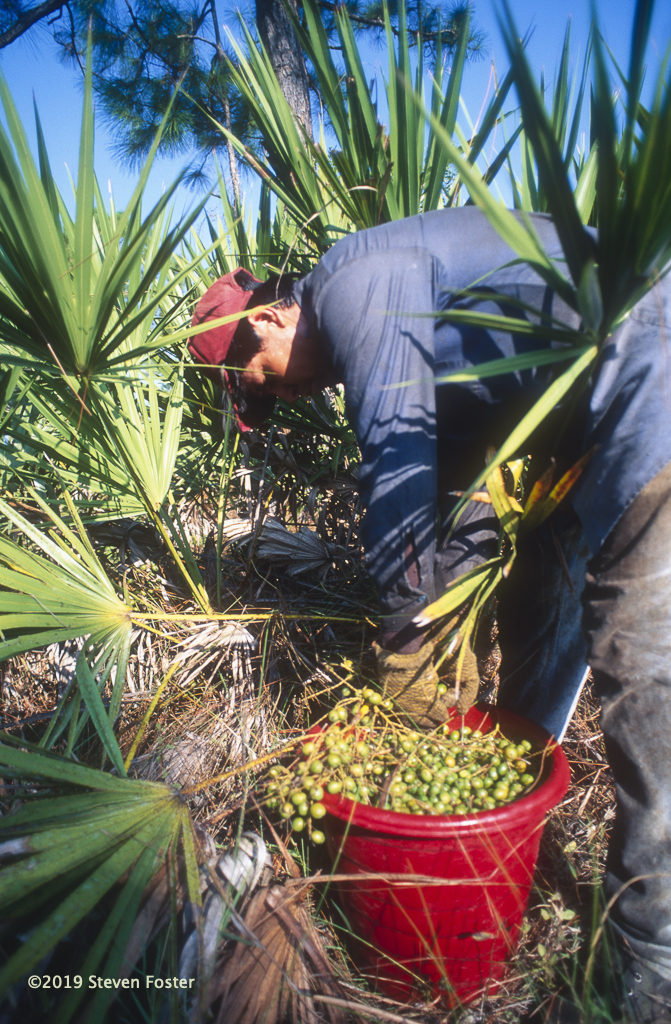
Filling a bucket of palmetto berries, a single picker may harvest a half-ton per day. Photo by Steven Foster.
Don’t Feed the Wildlife or Do Feed the Wildlife?
Beginning in the early 1990s, as scientific evidence for efficacy of saw palmetto extracts increased market interest, concern arose over the long-term availability of the raw material. As a favorite food of Florida wildlife, including raccoons, opossums, foxes, whitetail deer, black bears, feral hogs, gopher tortoises and others, an effort was initiated by various Florida conservation interests to control or reduce harvest of berries at least on public lands. Reduced fruit availability for wildlife and fewer fruits for plant reproduction led to a general perception by Florida landowners as well as conservation groups that saw palmetto fruit harvest for medicinal and dietary supplement products amounts to poaching from federal, state, and private lands.[12]
Various county governments in Florida restrict or prohibit saw palmetto berry harvest on their properties. The Florida Forest Service which issued special permits for harvest of saw palmetto berries on state lands, at $10.00 per day for as many berries as a picker could harvest, stopped issuing permits in 2015, in part as a response to long-standing efforts by conservation and animal advocacy groups to discontinue the harvest of berries on state lands.
Harvesting of saw palmetto berries has frequently been cited as a factor depriving Florida black bears (Ursus americanus floridanus) of food. A recent study looked at Highlands-Glades subpopulation of a genetically isolated bear population in the Lake Wales Ridge ecosystem. The greatest impact on bears’ food supply was a greater than 85% loss in habitat due to urban and agricultural development. Saw palmetto berries along with acorns are considered the most important wild food items consumed by Florida black bears in autumn. Calorie-rich anthropogenic foods such as hunter-dispensed corn feeders for deer as well as garbage, requires less energy for bears to access than wild foods, setting-up inevitable clashes between bears and humans. [13]
As state-wide conservation efforts ramped-up to end harvest of saw palmetto berries on state-own lands in 2015, the Florida Fish and Wildlife Conservation Commission voted to hold the first bear hunt in Florida in 21 years. Was the thinking that stopping humans from harvesting berries would fatten up the bears for a hunt? The one-week hunt began on October 23, 2015, and within three days of opening license sales, 1,400 bear-hunting licenses had been issued—more than the number of bears estimated in the state. The proposed weeklong limit was for the taking of 320 bears, but just two days into the season, hunters had killed 298 bears and the hunt was stopped. The bear hunt has not been repeated since.[14].
Permits Now Required for Harvest, Possession and Transporting Saw Palmetto Berries
Just days before the beginning of the 2018 saw palmetto berry harvest season, the Endangered Plant Advisory Council of the Florida Department of Agriculture and Consumer Services voted unanimously to add saw palmetto to Florida’s “commercially exploited plant list.” As a result, beginning on July 17, 2018, harvesting saw palmetto berries requires a “Native Plant Harvesting Permit,” 14 days before harvest begins. Contractor harvesters (crew leaders) on public or private land must also have a Native Plant Harvesting Permit and be in possession of written permission to harvest on the property from the landowner two weeks before harvest. If harvesting from your own property, you must also have a permit to transport saw palmetto berries for sale, or offering them for sale. Without a permit, if in possession of or transporting saw palmetto berries for sale you risk being charged with a misdemeanor. The berries will be returned to the landowner or destroyed.[15]
The 2019 harvest season brings new changes to the permitting procedure. Property owner and a contact number are now required on permit applications. Every property on which berries are harvested must have a separate (and complete) “Permission Letter for Harvesting.” Crew leaders must have a permit, but individual day workers collecting berries for the crew leader do not need a permit. The worker’s names are not required on the permit. The permit is free, but , it still takes up to 14 days for issuance. No permit, means no berries can be in the harvester’s possession.. A new permit must be obtained each year. [15]
What’s in the Future?
Saw palmetto, one of the most important North American medicinal plants of modern times, is restricted to a limited range in the Southeast. Its fruits are commercially wild-harvested in Florida and to a lesser extent from Georgia. Climate change with rising temperatures and increased precipitation in Florida, along with the eventual rise of sea level along the coast, will restrict access to the fruits over the long-term. Fluctuations in fruit availability due to natural variability in fruit-set, habitat loss, difficulties in developing commercial cultivation and various human activities challenge saw palmetto’s future.
References:
- Rusby HH. Saw Palmetto—Pharmacology. Proc New Jersey Pharm Assoc. 1895:581-583
- Anonymous. Business Active; Some Advances in Prices. The Pharmaceutical Era. 1903:20.
- Smith D. Fruiting in Saw Palmetto. Principes. 1972;16:30-33.
- Suter A. New perspectives on saw palmetto (Serenoa repens):a medico historical/analytical comparison of preparations derived from it and a clinical pilot trial in patients with benign prostatic hyperplasia and sexual dysfunctions [Ph.D.]. London: Centre for Pharmacognosy and Phytotherapy, The School of Pharmacy, University of London; 2012.
- Mitchell C. A Lesser Known Florida Information on saw palmetto harvest. 2013. Available at: http://www.aag.org/cs/news_detail?pressrelease.id=2711. Accessed July 29, 2019.
- Wells T. Saw Palmetto Berries’ Short Supply Fetches Tall Cash Profit. Seattle Times. November 5, 1995; AP Wire service story: http://community.seattletimes.nwsource.com/archive/?date=19951105&slug=2150893. Accessed July 29, 2019.
- Spence C. Boom in natural medicines pushes saw palmetto into agricultural big time. [press release]. Gainesville, FL: University of Florida Press Release. September 5, 1996. https://news.ufl.edu/archive/1996/09/boom-in-natural-medicine-pushes-saw-palmetto-into-agricultural-big-time.html. Accessed July 29, 2019.
- Carrington ME, Mullahey JJ, Krewer G, Boland B, Affolter J. Saw Palmetto (Serenoa repens): An Emerging Forest Resource in the Southeastern United States. South J Appl For. 2000;24(3):129-134.
- Carrington ME, Roberts PD, Urs NVRR, McGovern RJ, Seijo TE, Mullahey JJ. Premature fruit drop in saw palmetto caused by Colletotrichum gloeosporioides. Plant Dis. 2001; 85:122-25.
- Dentali S, Zimmermann M. Tonnage Surveys of Select North American Wild-Harvested Plants, 2006–2010.; Silver Springs, MD: American Herbal Products Association. 2012.
- Saw palmetto berry 2018 mid-season harvest report [press release]. Silver Spring, MD: American Herbal Products Association, September 25, 2018. http://www.ahpa.org/News/LatestNews/TabId/96/ArtMID/1179/ArticleID/1026/Saw-palmetto-berry-2018-mid-season-harvest-report.aspx. Accessed July 29, 2019
- Gafner S, Baggett S. Adulteration of saw palmetto (Serenoa repens). Botanical Adulterants Bulletin. October, 2018. See: http://cms.herbalgram.org/BAP/BAB/SawPalmettoBulletin.html
- Murphy SM, Ulrey WA, Guthrie JM, et al. Food habitats of a small Florida black bear population in an endangered ecosystem. Ursus. 2017;28(1):92-104.
- 14. Shiffman D. 298 bears killed in Florida hunt that ‘ignored science.” In Washington Post
- Florida Department of Agriculture and Consumer Services. Saw Palmetto Berry Harvesting Frequently Asked Questions [and permit application]. https://www.freshfromflorida.com/Divisions-Offices/Plant-Industry/Business-Services/Plant-Pest-Permits/Native-Plant-Harvesting-Permit/Saw-Palmetto-Berry-Harvesting. Accessed July 29, 2019.

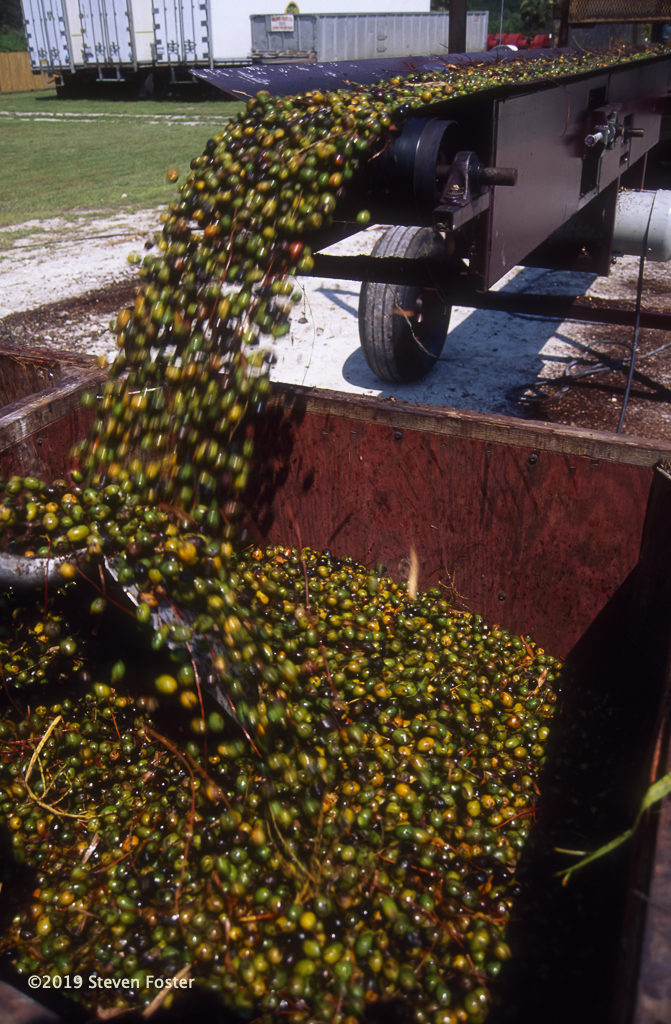
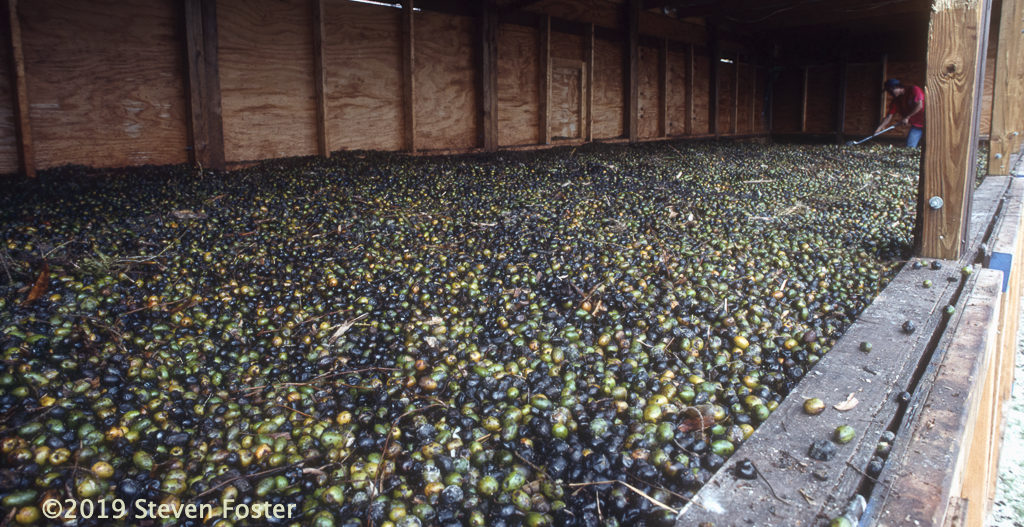
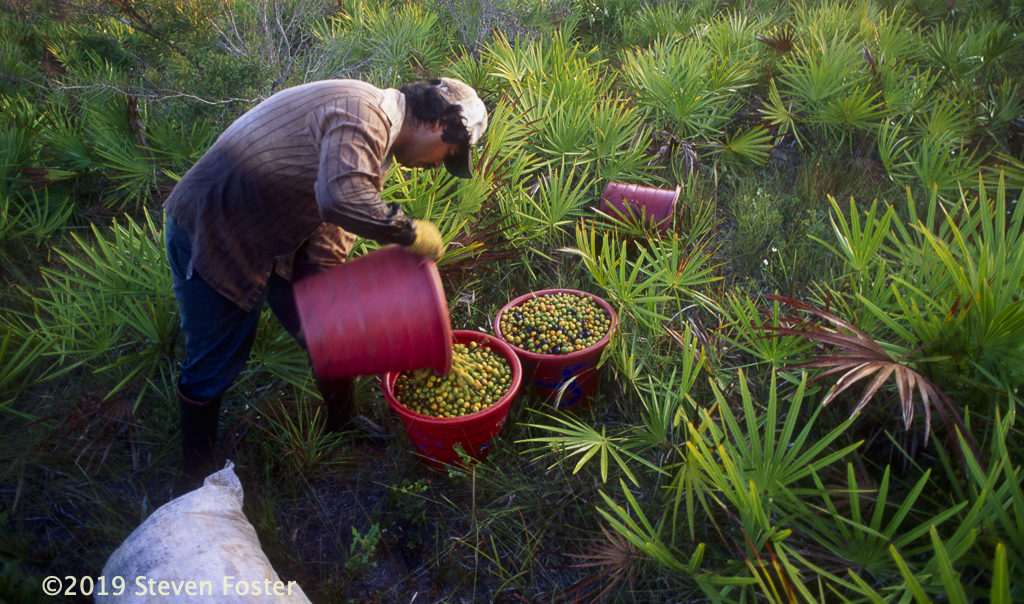
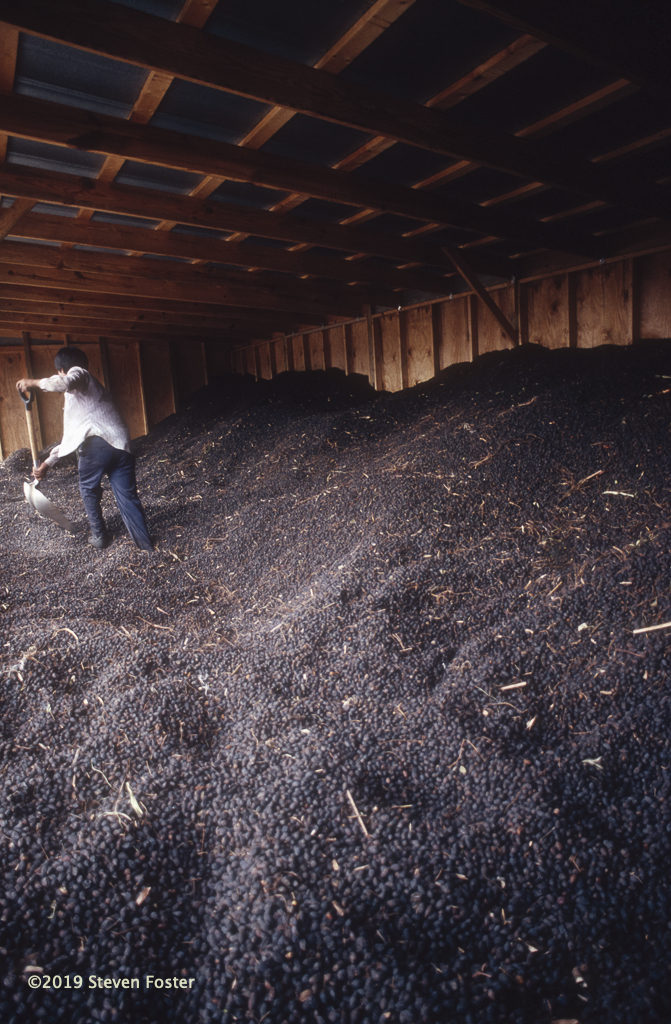
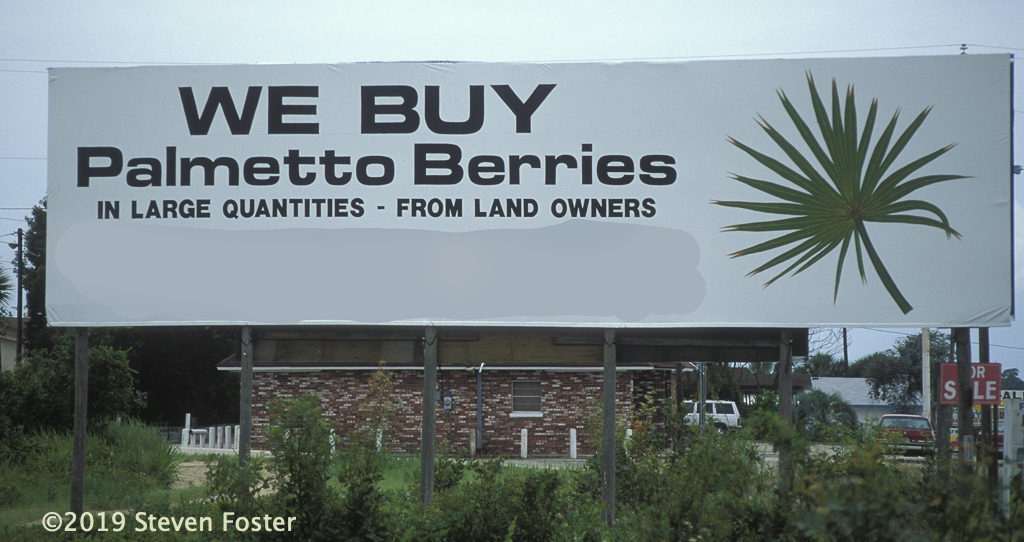
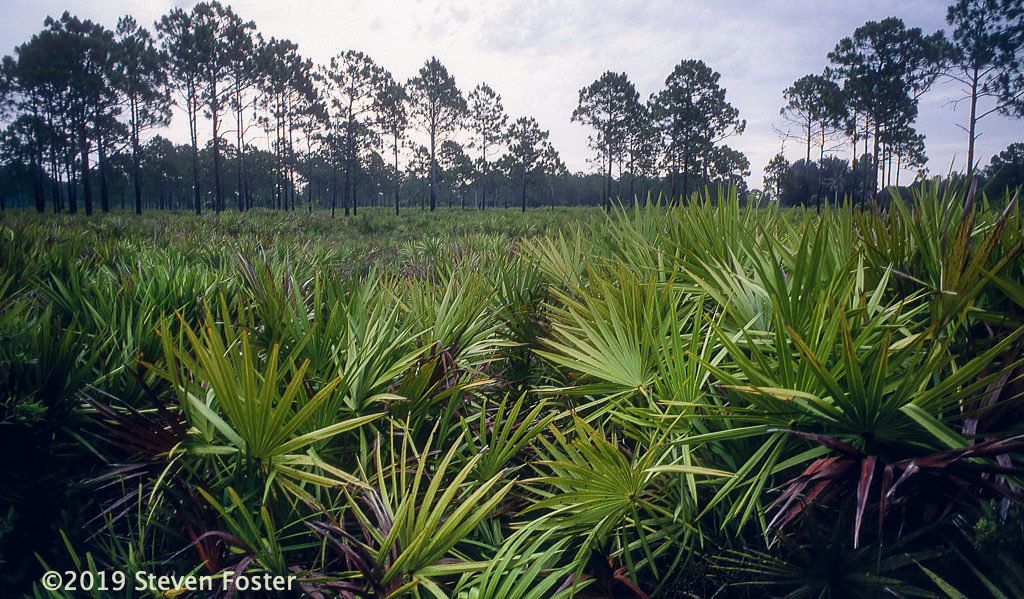
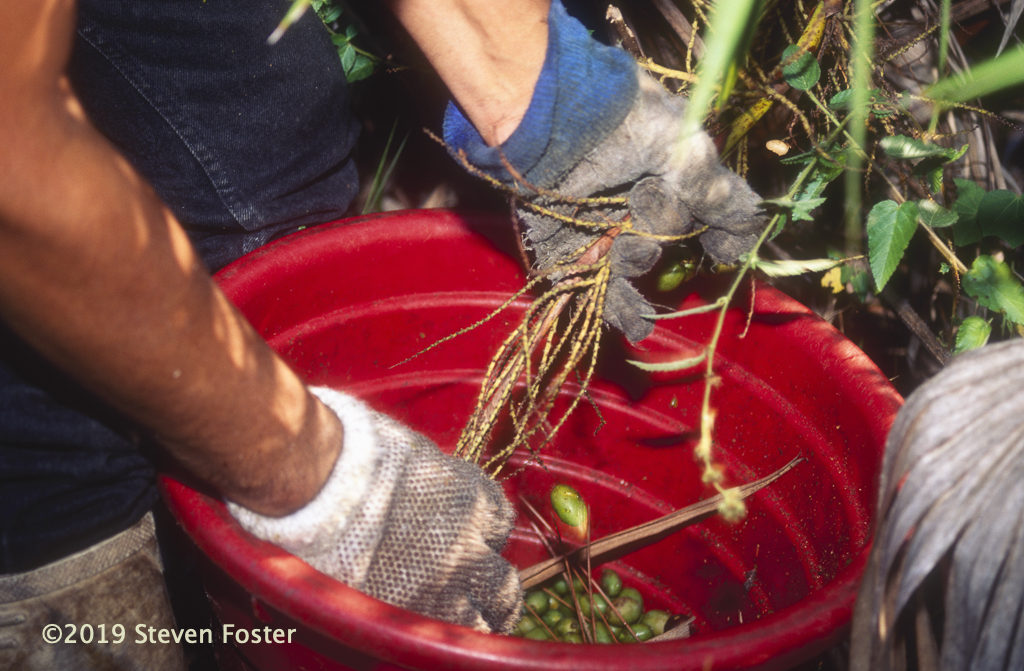
Comments